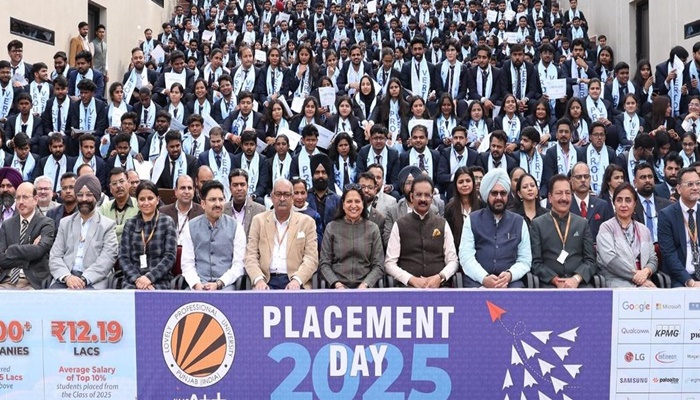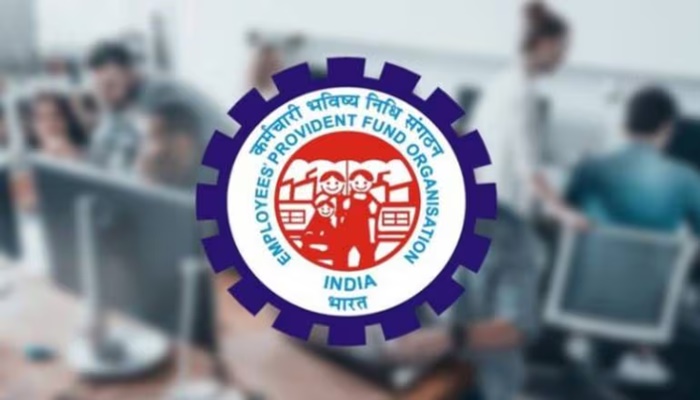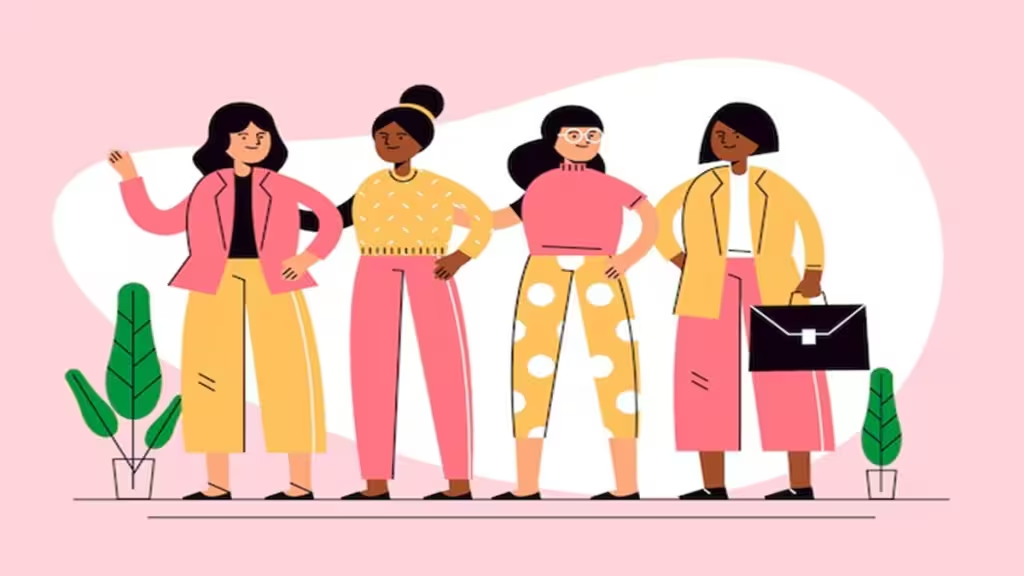Corporate India has invested heavily in well-being initiatives over the past decade. Mental health hotlines, employee assistance programmes, and awareness campaigns have all found their place in HR strategies. Yet, one demographic remains noticeably silent: men.
Rutvi Sheth Kundalia, Director of Advait Greenergy and Head of Strategy and Human Resources at Advait Energy Transitions Limited, says this silence is not accidental. It is shaped by workplace cultures that continue to prize stoicism over honesty.
“Men hesitate because organisations still reward productivity and toughness more than vulnerability,” she told People Matters. “The fear of being judged as ‘less resilient’ keeps them quiet. Often, peer expectations reinforce silence even more than formal policies. Unless leaders set the tone, men see wellness initiatives as symbolic, not as safe spaces.”
Most HR leaders proudly describe their wellness frameworks as gender-neutral. But neutrality, Kundalia argues, can easily become blindness.
“Policies rarely account for male-specific stressors—provider expectations, cultural stigma around vulnerability, or even the reluctance to seek help,” she said. “By not tailoring interventions to these realities, HR risks unintentionally excluding men. The result is isolation and silent burnout.”
The critique is a sharp one: by treating men’s mental health as identical to everyone else’s, organisations may miss the very pressures that drive men away from support in the first place.
Redefining resilience at the top
The silence is compounded by expectations placed on male leaders. Senior executives, Kundalia observed, often feel compelled to project unshakeable resilience. Boards and CHROs, she argued, must help dismantle this myth.
“Vulnerability has to be reframed as strength,” she said. “When leaders share their struggles, it builds trust and signals psychological safety. Platforms like storytelling forums allow executives to talk about challenges in ways that enhance credibility, not undermine authority. Openness should be seen as responsibility, not weakness.”
Such role-modelling, she stressed, can reset cultural norms far faster than policies alone.
The way men process and express mental health struggles is rarely uniform. According to Kundalia, it depends on where they work, when they were born, and the pressures they face outside the office.
“Industry culture defines behaviour,” she explained. “Manufacturing or finance prize toughness; creative industries allow more expression. Generationally, older men tend to internalise stress, while younger employees expect open dialogue. Socioeconomic pressures—financial insecurity or caregiving—intensify silent struggles.”
These overlapping factors, she argued, shape whether men seek help or simply suppress their challenges, sometimes at great personal cost.
Making men’s health a strategic priority
For Kundalia, the responsibility to change course lies squarely with HR leadership. “A CHRO’s role goes far beyond drafting policies,” she said. “We have to shift how organisations view men’s mental health—from an individual struggle to a systemic responsibility.”
That means embedding well-being into leadership discussions, KPIs and talent strategies. “When mental health becomes part of governance and measurement, it signals that resilience is a business priority, not a personal failing,” she added.
Compliance has historically driven mental health conversations—policies, audits, awareness campaigns. But Kundalia sees signs of a genuine cultural shift in progressive companies.
“Forward-thinking organisations are embedding openness into leadership behaviour, rethinking performance metrics, and equipping managers to spot distress early,” she said. Linking mental health to talent sustainability reframes it as a competitive advantage. “It stops being a box-ticking exercise and becomes part of how organisations sustain productivity and trust.”
So what should boards and HR leaders do now? Kundalia laid out an ambitious agenda. Mental health, she argued, must be woven into governance, resource allocation and succession planning. Male-specific programmes should sit alongside broader initiatives. Psychological safety should be measured as seriously as revenue growth.
“Peer support networks, preventative measures, and executive disclosure of wellness practices could all help normalise dialogue,” she said. Over time, she believes these steps can make men’s mental health central to resilience, allowing organisations to thrive on the back of engaged and healthier workforces.
From silence to systemic change
Kundalia’s message is unambiguous: gender-neutral frameworks have limits. They may appear equitable but can obscure the realities men face—cultural stigma, societal pressure, and the fear of seeming weak.
The opportunity, she suggested, is to move from silence to systemic change. That means leaders modelling openness, HR embedding mental health into strategy, and organisations designing interventions that recognise men’s lived realities.
“Until we stop treating men’s mental health as a personal weakness and start recognising it as a systemic business issue,” she said, “we will keep missing the very people our programmes are meant to support.”




















